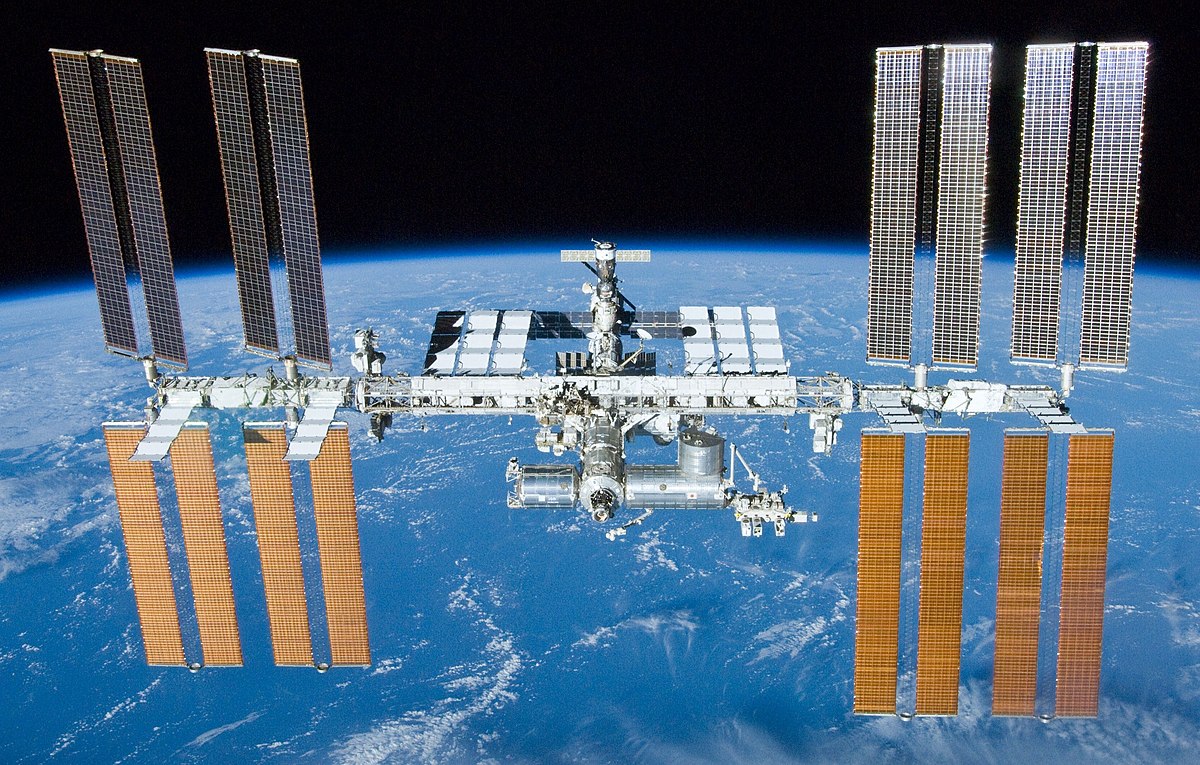The big event in space this month will undoubtedly be the launch of the first manned mission for Space X’s Dragon capsule. This launch, to take place from NASA’s Kennedy Space Center in Florida, will not only represent the first ever manned space mission to be conducted by a commercial company but will also mark the return of manned space operations to American soil. Ever since the last flight of the space shuttle Atlantis launched on 8 July 2011 American astronauts have been dependent on purchased tickets aboard the Russian Soyuz spacecraft in order to get to the International Space Station (ISS) at a cost of as much as $80 million per seat.

That dependence is scheduled to end on May the 27th with lift off at 4:32 PM EDT, although weather or technical problems could certainly lead to a delay. The two-man crew for this first manned mission, officially referred to as Demo-2, consists of veteran space shuttle astronauts Doug Hurley and Bob Behnken. Once in orbit Hurley and Behnken will pilot their Dragon capsule toward a docking with the ISS approximately 24hrs after launch.

How long Hurley and Behnken will remain at the ISS has yet to be decided. The original mission plan was for a stay of only a week but NASA is anxious to phase out using the Russian Soyuz to man the ISS so Hurley and Behnken’s mission has now been extended to at least a month and could last as long as 110 days. NASA intends to decide just how long the mission will last once the crew is aboard the ISS.

Presently the American section of the ISS is being manned solely by NASA astronaut Chris Cassidy so there is plenty of standard maintenance and upkeep work to keep Behnken and Hurley occupied. There’s one job in particular that Chris Cassidy cannot do alone because it requires a spacewalk and NASA insists for safety’s sake that all spacewalks be conduced by at least two astronauts. The job consists of swapping out the station’s batteries. Of the two Space X crewmen Bob Behnken is the one with EVA experience so he has spend the last few months getting in some extra training, learning his way around the outside of the station.

This first mission in NASA’s commercial crew program has been a long time in coming. Space X and its competitor Boeing were initially funded back in 2014 with a goal of a first mission in 2017 but numerous difficulties and testing setbacks have led to several years of delay.
In fact Boeing’s Starliner capsule is still not ready for its first manned launch. The spacecraft underwent what was hoped to be its final unmanned test flight back in December of 2019 but a series of software problems occurred during the mission, the capsule was unable to reach the ISS and had to be brought back to Earth early. Boeing is still in the midst of debugging the Starliner’s software and hopes to conduct a second unmanned mission later this fall. If that test flight is successful the Starliner’s first manned flight could take place early next year.

Of course everything that happens these days takes place in the shadow of Covid-19 and the launch of Space X’s Dragon capsule is no exception. NASA personnel at Cape Kennedy have worked very hard to keep all activities dealing with the ISS active and fully staffed. That means that the May27 launch has been given high priority and the space agency is determined to carry out the Dragon mission as soon as the equipment and weather are ready.

However, unlike every American manned space mission since Alan Shepard in 1961 the Space X launch will take place without a crowd of visitors and VIPs to watch. In order to prevent the spread of the virus only a few reporters will be permitted to attend the takeoff. Of course crowds may gather along the nearby public beaches but personally I’ll be quite happy just watching the show on my computer.

Surprisingly enough there is some other space news happening and part of it concerns the Russian Soyuz spacecraft and Covid-19. Because of the spread of the disease in Russia that country’s space agency Roscosmos has temporarily discontinued production of the Soyuz launch vehicles. Not to worry however as there are currently 52 Soyuz rockets in storage ready for use so there’s little chance in the near future of a mission being delayed or cancelled because of the lack of a launch vehicle.

Finally, even while we here on Earth are struggling with Covid-19 our robotic space probes throughout the Solar system are still busy exploring distant worlds. That includes the OSIRIS-REx mission to the asteroid Bennu. OSIRIS-REx has been orbiting the asteroid since 2018 and is scheduled to swoop down to the asteroid’s surface in order to grab a sample of Bennu in August. On April 14th the spacecraft conducted a practice run, coming within 75 meters of the asteroid before returning to its normal orbital distance of 1 kilometer.

Once OSIRIS-REx has completed is sample acquisition procedure it will begin its 2.5 year journey back to Earth in March2021. That means that by September of 2023 NASA will have samples of yet another body in our Solar system.
Progress, even as we deal with a pandemic.

HI~ Veryy good post. I definitely love this site.
Thanks for the comment and see you soon!
Bob L